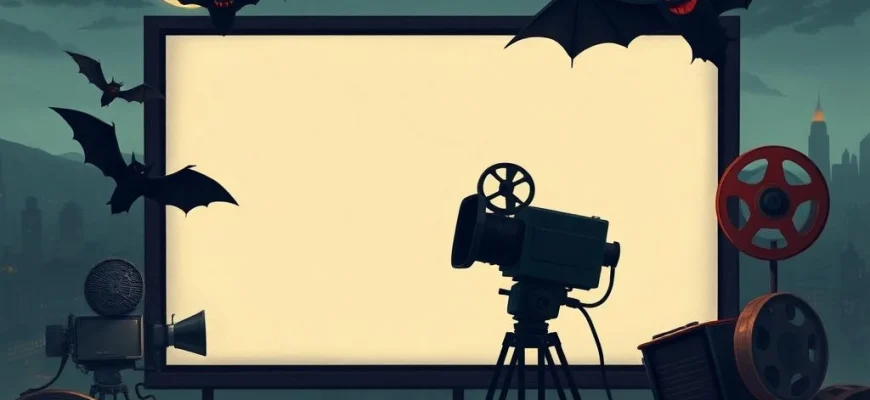If you enjoyed the quirky and offbeat charm of 'I Like Bats' (1986), you're in for a treat! This article explores 10 similar movies and shows that capture the same whimsical, darkly comedic, or surreal vibes. Whether you're a fan of unconventional storytelling or just looking for something delightfully odd, these recommendations will satisfy your craving for the bizarre.

Black Sunday (1960)
Description: A gothic horror masterpiece with a vengeful vampire witch, featuring stark black-and-white cinematography and a haunting, atmospheric tone.
Fact: The film's opening scene, where a mask of spikes is hammered onto a witch's face, is one of the most iconic in horror history. It was director Mario Bava's debut.
 Watch Now
Watch Now 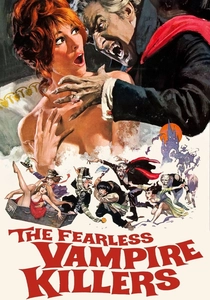
The Fearless Vampire Killers (1967)
Description: A quirky, comedic take on vampire hunting, filled with slapstick humor and exaggerated gothic tropes, set in a snowy Transylvanian village.
Fact: The film was originally much longer but was cut down by the studio against the director's wishes. It marked Roman Polanski's first foray into horror-comedy.
 Watch Now
Watch Now 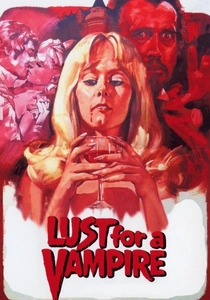
Lust for a Vampire (1971)
Description: A campy, erotic vampire story set in a girls' school, blending seduction, horror, and a touch of melodrama, with a focus on female vampires.
Fact: The film is part of Hammer Films' 'Karnstein Trilogy,' loosely based on Sheridan Le Fanu's 'Carmilla.' It features a controversial nude scene that caused censorship issues.
 Watch Now
Watch Now 
Daughters of Darkness (1971)
Description: A lush, erotic vampire tale with a focus on female predators, blending gothic horror with psychological tension and decadent visuals.
Fact: The film was inspired by the real-life legend of Countess Elizabeth Bathory. It was initially banned in several countries due to its explicit content.
 Watch Now
Watch Now 
Nosferatu the Vampyre (1979)
Description: A haunting, slow-paced retelling of the Dracula mythos, emphasizing loneliness and decay, with a grotesque yet tragic vampire at its center.
Fact: Werner Herzog's version was the first authorized adaptation of Bram Stoker's Dracula since the 1922 silent film. The filming was plagued by real-life bat infestations.
 Watch Now
Watch Now 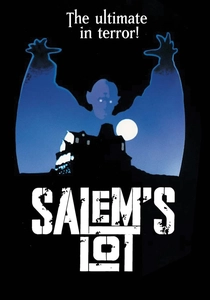
Salem's Lot (1979)
Description: A slow-burning, small-town horror story with a pervasive sense of dread, featuring a master vampire who preys on the community's vulnerabilities.
Fact: The miniseries was so terrifying that it was edited for its initial TV broadcast to tone down the scares. It's based on Stephen King's novel of the same name.
 Watch Now
Watch Now 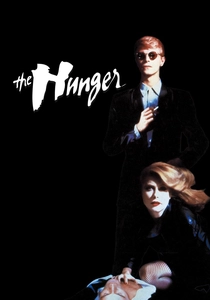
The Hunger (1983)
Description: A visually striking, atmospheric tale of immortality and seduction, with a strong emphasis on gothic aesthetics and erotic undertones.
Fact: The opening sequence features the band Bauhaus performing 'Bela Lugosi's Dead,' cementing the film's cult status. It was based on a novel by Whitley Strieber.
 Watch Now
Watch Now 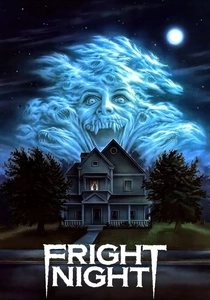
Fright Night (1985)
Description: Combines horror with campy humor, focusing on a suburban neighborhood terrorized by a charismatic vampire, blending suspense with playful tropes.
Fact: The special effects for the vampire transformations were groundbreaking at the time. The film pays homage to classic horror hosts, a staple of late-night TV in the 1980s.
 Watch Now
Watch Now 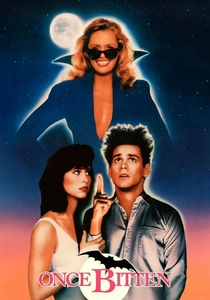
Once Bitten (1985)
Description: A lighthearted take on vampire lore, mixing teen comedy with supernatural elements, centered around a seductive vampire preying on youthful innocence.
Fact: This was Jim Carrey's first major film role. The movie's plot was inspired by the fear of sexually transmitted diseases, metaphorically represented by vampirism.
 Watch Now
Watch Now 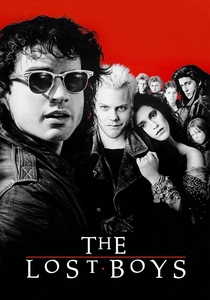
The Lost Boys (1987)
Description: A stylish blend of horror and comedy, featuring youthful vampires in a modern setting, with a mix of dark humor and eerie aesthetics.
Fact: The film's iconic poster was inspired by the Peter Pan story, hinting at the theme of eternal youth. It was originally intended to be much darker, but the studio pushed for a more comedic tone.
 Watch Now
Watch Now 
